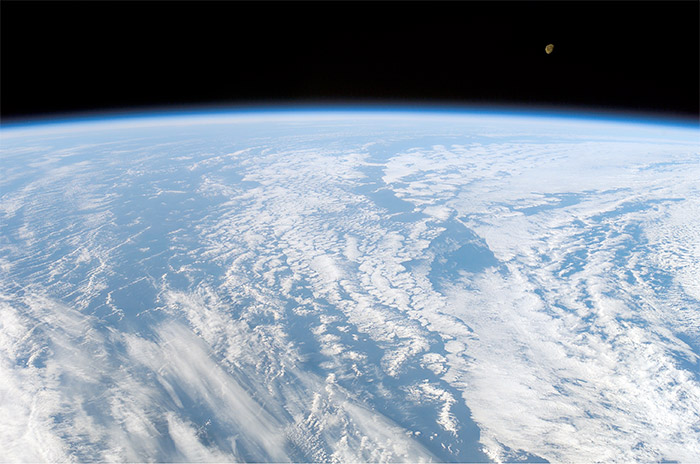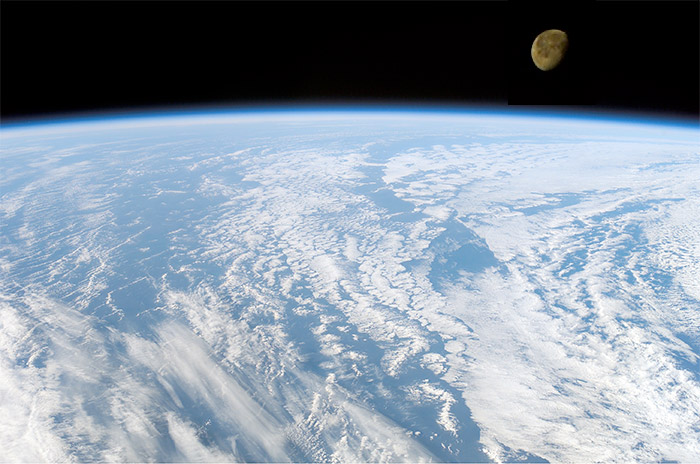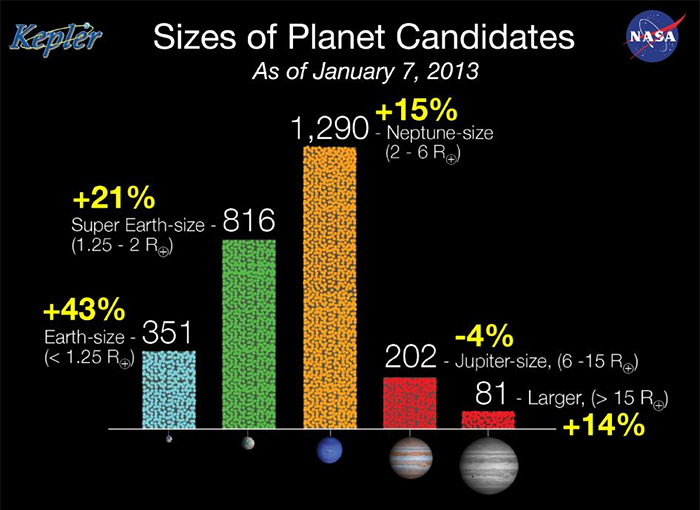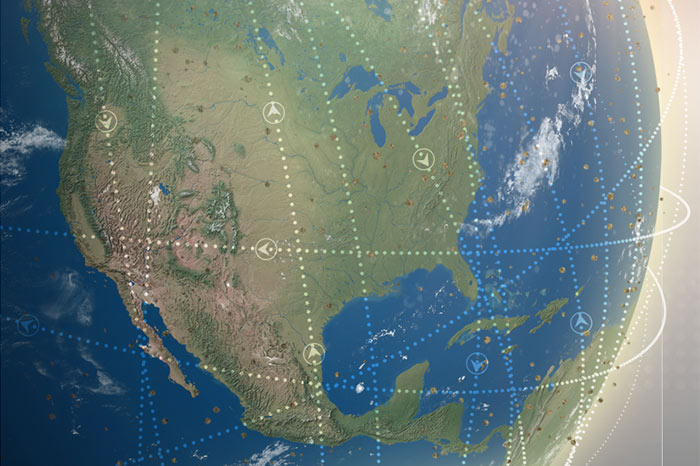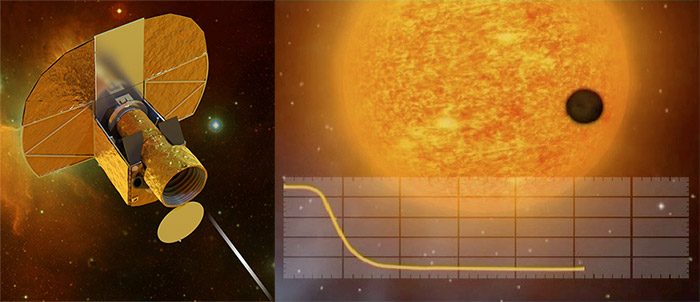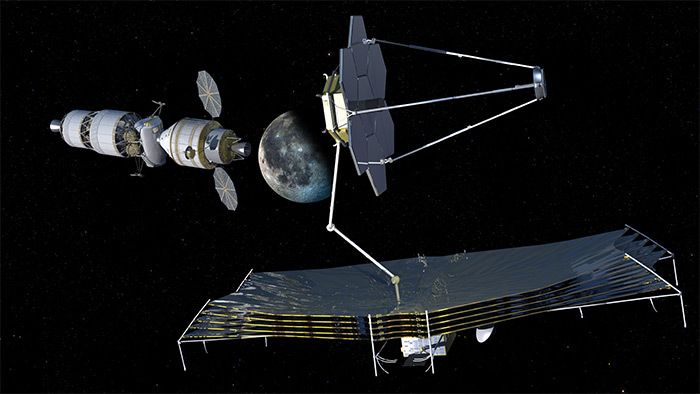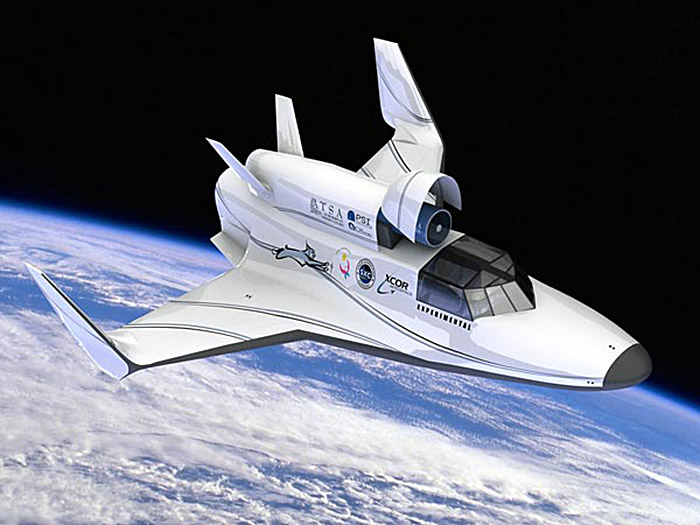If there is an international space race (something we’re not at all certain of), the European Space Agency just made a strategic move to pass by approving construction of the Euclid space telescope.
Never mind the recent hype about China and thr first crewing of the Tiangong space station. Space races are mostly about public relations. Even Apollo was about PR. (You didn’t think landing Neil Armstrong on the Moon really affected the Cold War balance of power, did you?) The public doesn’t care much about the International Space Station, and there’s no reason to think the China’s (smaller, less capable) space station will generate any long-term interest, either. Ask most people what NASA’s greatest accomplishment is, and they’re more likely to say “Hubble” than “ISS.”
Hubble will be retired in a few years, however, and NASA has no plans for a replacement. No, we’re not forgetting JWST. The James Webb Space Telescope has been billed as a replacement for Hubble, but it isn’t. JWST is an infrared telescope; it won’t produce the sort of visible-light images that made Hubble so immensely popular. Once JWST is in orbit and the public realizes that fact, buyer’s remorse is likely to set in. We’re not sure NASA though this one through.
NASA recently took delivery of two Hubble-class telescopes originally built for the National Reconnaissance Office. Unfortunately, it can’t afford to launch either one of them due to JWST overruns and “monster rocket” expenditures eating up the NASA budget.
So, ESA’s approval of the Euclid space telescope is a timely move. With a 576-megapixel visible camera and optical resolution comparable to Hubble, Euclid will be positioned to take over Hubble’s role as the public’s favorite telescope. In government space programs, image is everything, and there’s little doubt Euclid will produce stunning images.
Still, it’s a bit disappointing to see a government space agency investing a billion dollars in a conventional Hubble replacement instead of pioneering new technology like optical interferometry. To misquote an old saying, give a man a telescope, and he will observe for a day; develop the technology to build better, cheaper telescopes, and he will observe for the rest of all time.
That’s one of the reasons Planetary Resources’ planned Arkyd-100 telescope constellation is so interesting. A large of number of relatively modest, but low-cost, space telescopes could be a game changer. A recent blog post from the company suggests Arkyd-100 may give amateur and professional astronomers the chance to take a directed picture of an object of their choice for just $100, compared to over $10,000 for other space telescopes.



